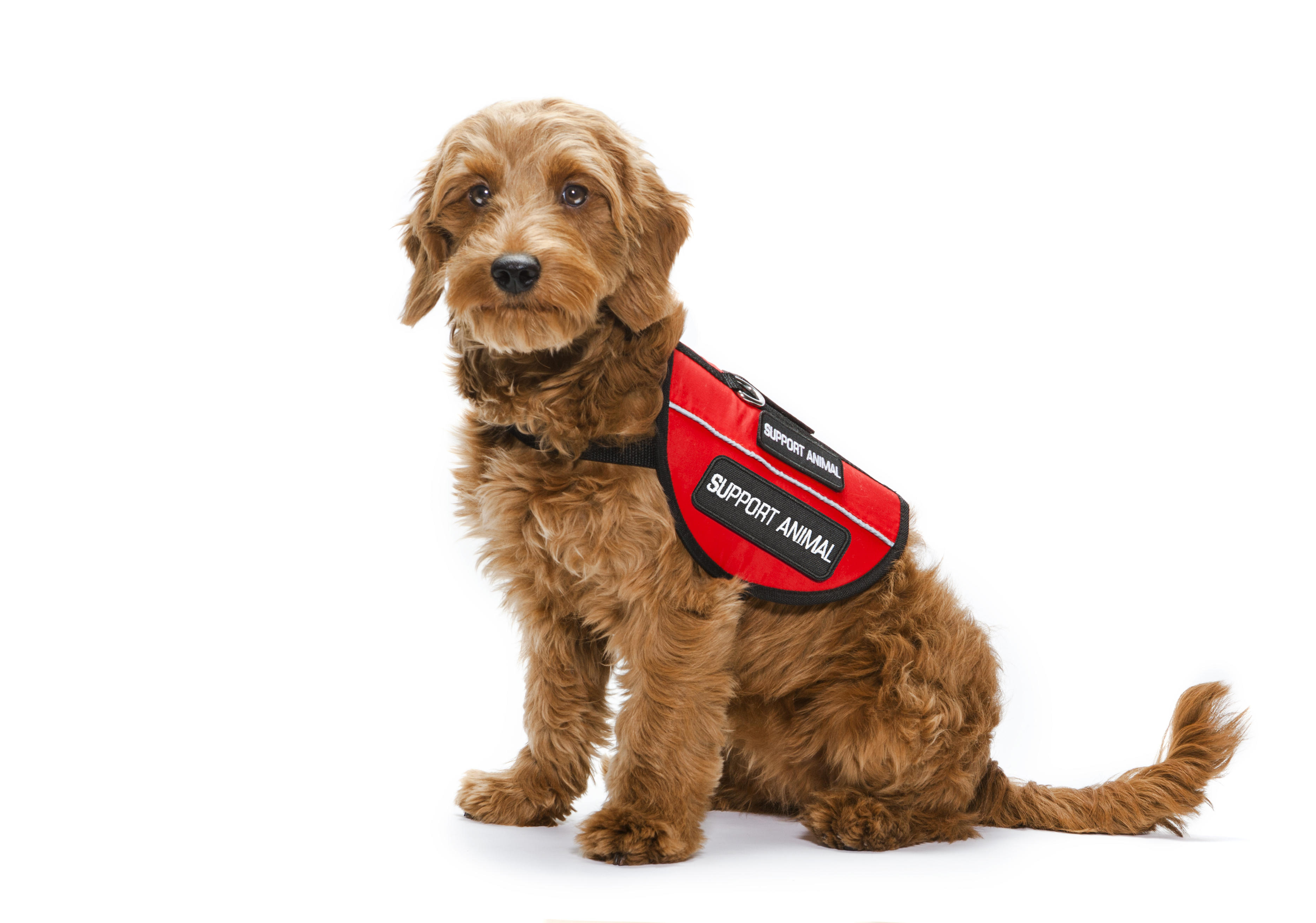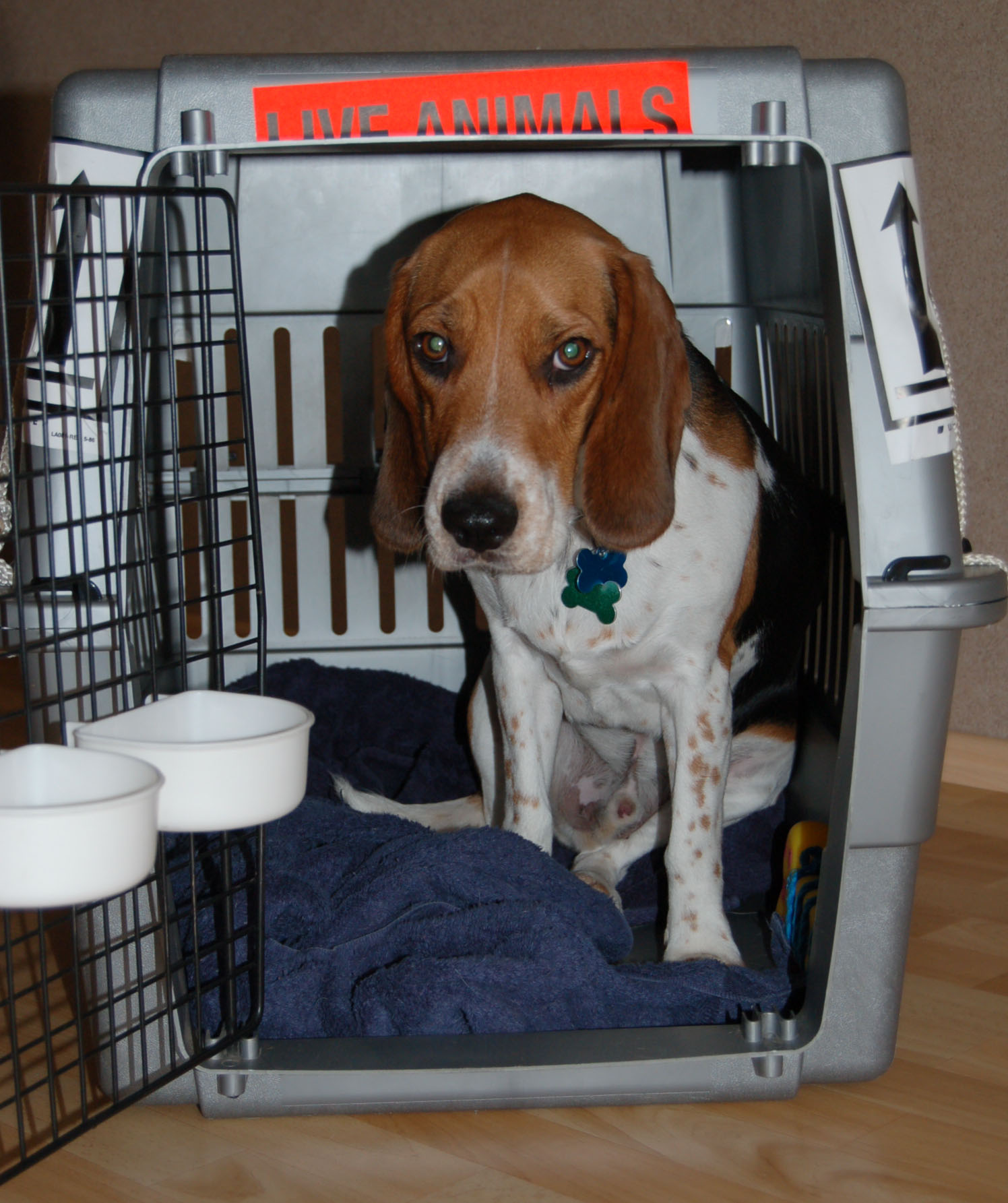Evacuating with Pets During a Natural Disaster – Everything You Need to Know
Planning for natural disasters is something none of us want to think of. But the more prepared you are, the better. This is especially true when you need to factor pets to your evacuation plan. Natural disasters come in many forms. Some are more relevant based on the region you live in. Regardless of the disaster, we want to help you feel equipped to get you and your pet to safety if you find yourself in an emergency.
Precautions for Pet Safety
There are some precautions you can take with your pet that can help in an emergency. The key here is properly identifying your pet. This includes the minimum of a collar with the pet’s name and your contact information. Opting to microchip your pet increases the chance of locating your pet if it gets lost. Another precaution is always having up-to-date records for your pet at the ready. These simple steps will go a long way if you must evacuate.
Assemble a Disaster Kit
In the event of a disaster, you may need to quickly leave your home and travel to a safe destination. You will want to make sure to have a disaster kit for your pet in a convenient location. Having a kit packed for your pet is the easiest way to ensure your pet has what it needs without you scrambling to pack a bag during the emergency.
Here are some of the items to consider including. The first category is documents. The paperwork should cover your pet’s vaccinations, microchip information, and medication. This is relevant in the event you need to activate the microchip or if shelters or vets require documentation for sheltering your pet. You will also want to pack a two-week supply of food and water for your pet along with any necessary medications.
Other than these items, you should pack a leash and collar, a pet carrier, and something warm for your pet to sleep on. For a full checklist, you can reference this one from the CDC.
Make a Plan
On top of a disaster kit, you will want to have an evacuation plan for you and your pet. This involves identifying a place to seek shelter for the duration of the emergency. The Humane Society covers this step in more depth, including links to find pet-friendly lodging. It is a good idea to make a list of places to go for different scenarios. You likely cannot predict how long you will have to be away from your home, so you should have options.
After an Emergency
Emergencies can confuse your dog and make them feel uncertain when you return to your home. Depending on the severity of the emergency, your pet may even have injuries that you need to tend to. Understand that you will need to keep a close watch on your dog until they acclimate. Be sure that you keep your pet on a leash or in a carrier until you can assess the safety of your home after a disaster.




